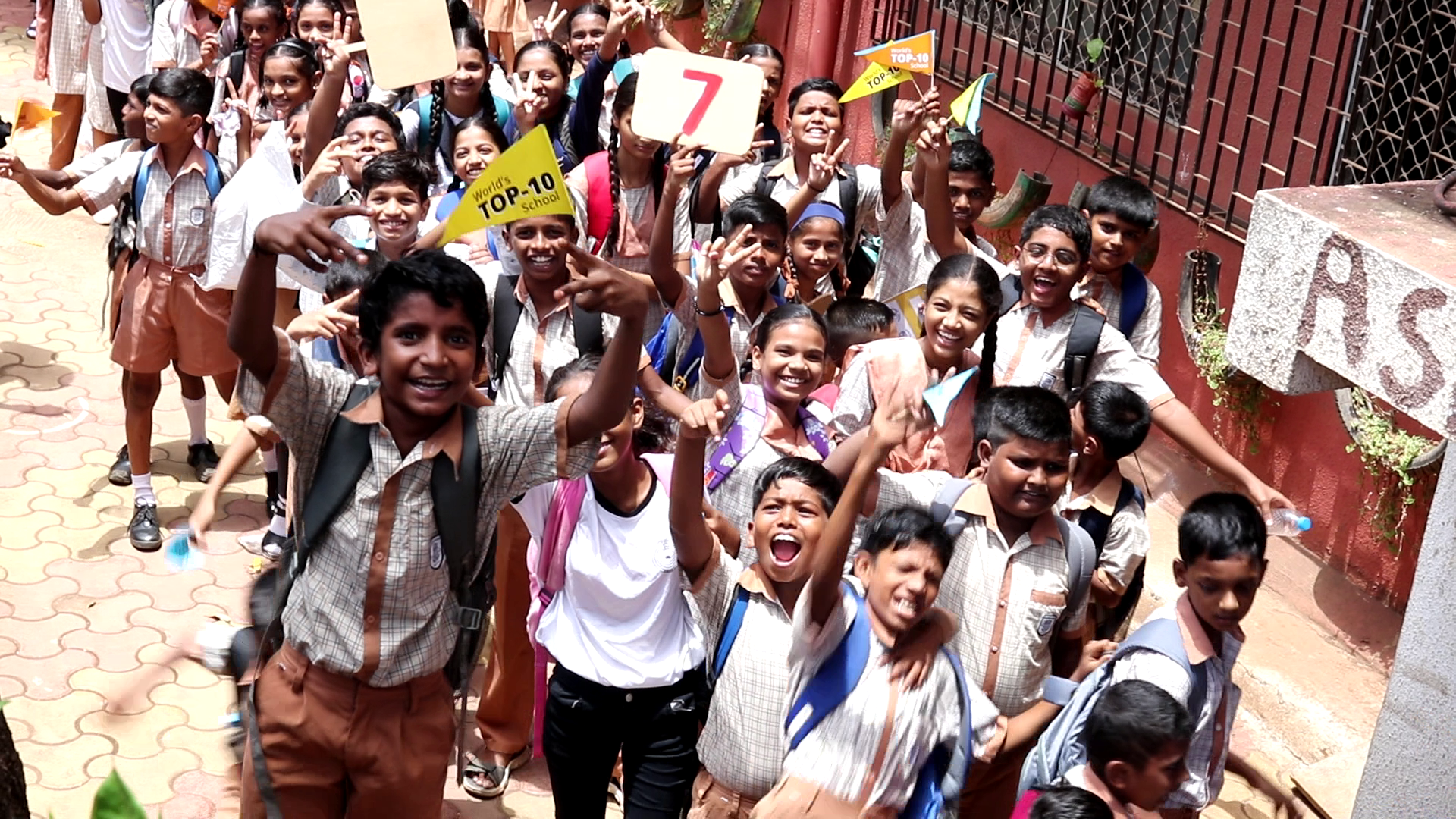Room to Read’s #IndiaGetsReadingAtHome campaign was an active enabler for India’s education system during the COVID-19 pandemic which is rearing its head again
Room to Read is a global organization transforming the lives of millions of children in low-income communities by focusing on literacy and gender equality in education. Founded in 2000, on the belief, World Change Starts with Educated Children®, its innovative model focuses on deep, systemic transformation within schools during two time periods that are most critical in a child’s schooling: early primary school for literacy acquisition and secondary school for girls’ education.
Room to Read India was established in India in 2003 and presently has programs in eleven states – Bihar, Chhattisgarh, Delhi NCR, Jharkhand, Karnataka, Madhya Pradesh, Maharashtra, Rajasthan, Telangana, Uttarakhand, and Uttar Pradesh benefitting 4.79 million children. The non-profit collaborates with local communities, partner organizations, and governments to develop literacy skills and a habit of reading among primary school children and ensure girls can complete secondary school with the skills necessary to negotiate key life decisions. With over 11 million distributed books, Room to Read India’s Literacy Program has been implemented in 18,172 government schools, training 29,671 teachers trained in library management and reading activities. The organization’s Girls’ Education Program has benefitted over 82,073 girls. For more, please visit: www.roomtoread.org.
Initiatives
Nearly 321 million children were reported out of school by March 2020[1]. Considering the pandemic, the traditional educational system has undergone subsequent disruption. In the geographies that Room to Read India caters to, many of the early grade (1 to 5) learners are 1st generational learners. They come from a home environment that typically does not encourage learning. As children are spending more time at home, parents and caregivers act as important stakeholders to help in developing a holistic learning environment. Hence, the need for promoting Home as a Learning Space had been brought to the forefront.
By promoting Home as a Learning Space, Room to Read India has created a strong linkage between the school and community thereby supporting them within the larger learning ecosystem for overall development of the children in primary grade. Going beyond the classroom structure, Room to Read India worked with teachers, local community members, parents and caregivers by strengthening their capacities and encouraging them to promote learning environment at home. Continued efforts were also seen to keep children encouraged and motivated throughout the new learning journey.
The annual literacy campaign #IndiaGetsReadingAtHome also gained immense support reaching approx. 7,072,33 people across 9 states (offline). The theme for 2021 was #MainJahanSeekhnaWahan (learning is where I am) and the campaign directly benefitted approx. 2,71,634 early grade learners and actively engaged more than 2,02,705 parents and caregivers.
In a child’s life, the early years of development are the most crucial period for nurturing their motor (emotional growth) and linguistic skill (mental growth). As is seen from Room to Read’s long experience early learners who have received support, go a long way to developing successful careers, achieve higher levels of confidence and actively take on leadership roles.
In the middle of crisis today, the educational system has suffered a lot and the learning loss reported is even more jarring. Room to Read India believes that learning can happen anywhere and all that a child requires is an enabling learning environment. Home as a Learning Space is an initiative that keeps a child motivated and parents/caregivers encouraged with learning. Moreover, the learnings at home eventually help a child grow at the school level as well.
Linkages with the SDGs
Room to Read’s programs is directly linked to SDG4, ensuring QUALITY EDUCATION. Room to Read believes, that Education is the solution to the world’s biggest problems —poverty, conflict, disease, intolerance, inequality, and exploitation. With Education, it is possible to break the cycle of illiteracy and poverty within a single generation.
All of Room to Read’s programs are designed towards creating, inclusive and equitable quality education spaces. This is crucial to promoting lifelong learning opportunities.
Room to Read’s Literacy Program, focused on strengthening foundational literacy among early grade learners, to ensure that children get access to quality education (SDG4.2), which leads to effective learning outcomes. While the non-profit’s Gender Education Program is geared towards achieving gender equality and inclusion (SDG 4.5)by equipping girls with crucial Lifeskills education. Lifeskills education promotes continued education for adolescent girls, by lowering dropout and early marriages, thus improving outcomes towards achieving universal youth literacy (SDG 4.6)
By focusing on improving quality education, Room to Read also indirectly approaches SDG1- NO POVERTY, SDG 10-REDUCED INEQUALITIES and SDG 3-GOOD HEALTH. Room to Read paves the path for long-term systemic change across low-income communities through innovative solutions and partnerships with governments.
Defining development
“We envision a world where every child can reach their full potential through quality education and be an active participant in society. Although the potential is abundant, access to opportunity is scarce. Room to Read as an organization works diligently to ensure the potential and opportunities go hand-in-hand. To achieve this, Room to Read India developed simplified, actionable structures and systems that could be implemented by government, local, and school communities to improve learning outcomes and improve access to quality education. Education alone can positively influence health, environment, poverty, and entire economies.”
Poornima Garg, Deputy Country Director, Room to Read India
[1]https://www.livemint.com/news/india/lockdown-has-put-321-million-indian-children-out-of-school-widened-learning-gaps-11590137598404.html were out of school








